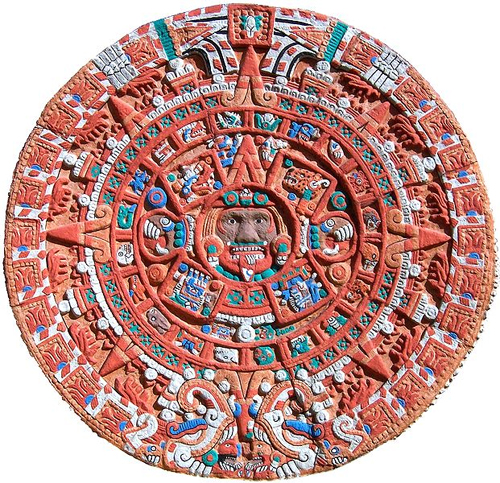How to teach chronology
Primary History article
By Andy Reynolds and Alan Hodkinson, published 24th March 2011

Please note: this article pre-dates the 2014 National Curriculum. For more recent resources see:
- Chronology: Developing a coherent knowledge (2014)
- Scheme of work (KS2): Chronology: Books through time
- Scheme of work (KS2): Chronology: Numbers through time
- Britain and World timeline 4000-2000BC
- Britain and World timeline 2000BC to 0BC
- Britain and World timeline, 0BC to present
How to teach chronology
Chronology is the air that history breathes and without it children's historical understanding is limited. Chronological understanding enables pupils to place their learning within the 'bigger picture‘ and better remember historical people, periods and events. So:
- Key Stage 1 pupils should be aware of terms that describe the passing of time and be able to place events and objects in chronological order. Furthermore, they should be aware of a past beyond living memory.
- Early in KS2, pupils should develop an awareness of chronology, be able to employ dates and terms to describe the past, and realise that the past can be divided into periods.
- Later in KS2, pupils should produce work making appropriate use of dates and terms such as ancient, modern, AD, BC, century and decade.
This resource is FREE for Primary HA Members.
Non HA Members can get instant access for £2.75

